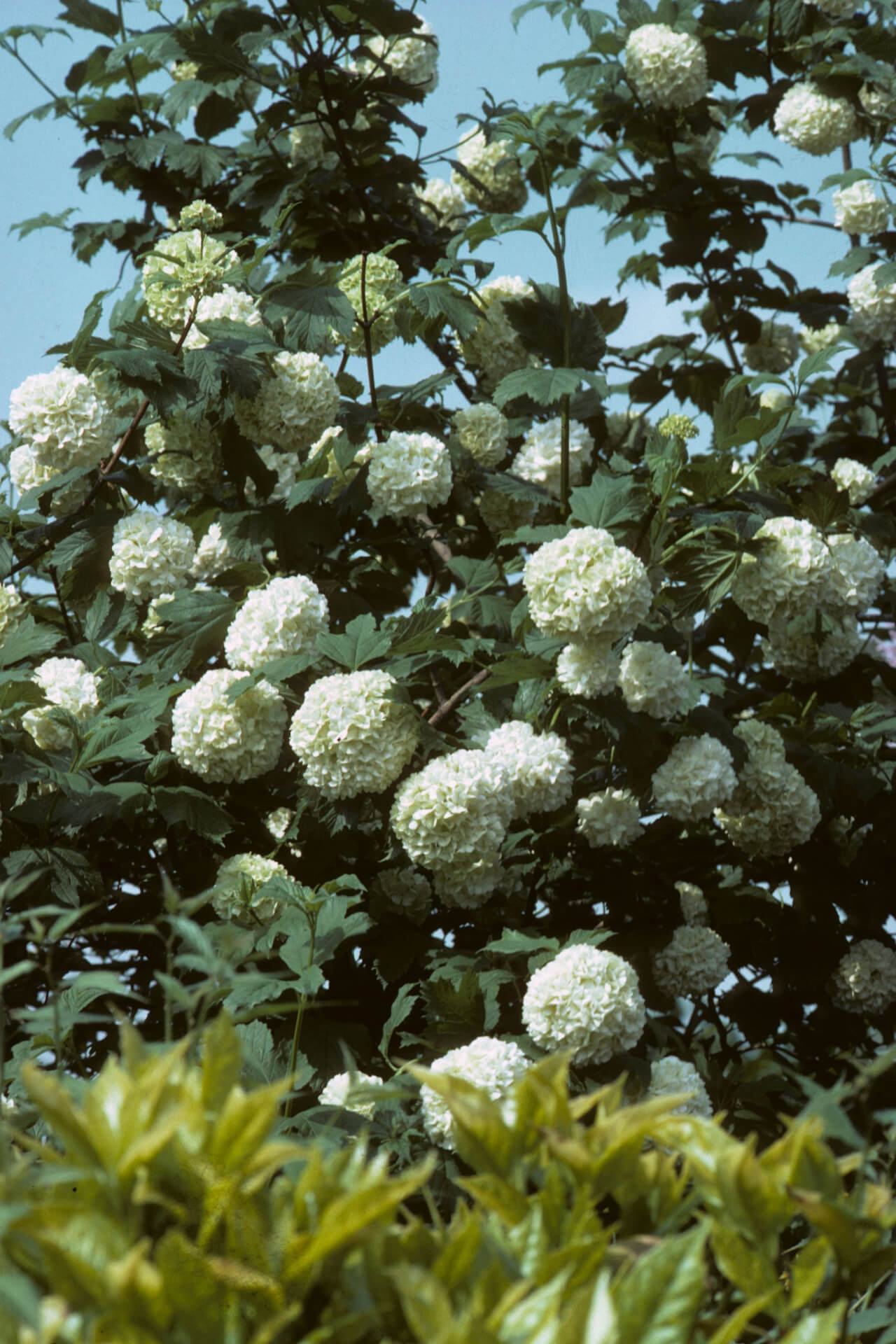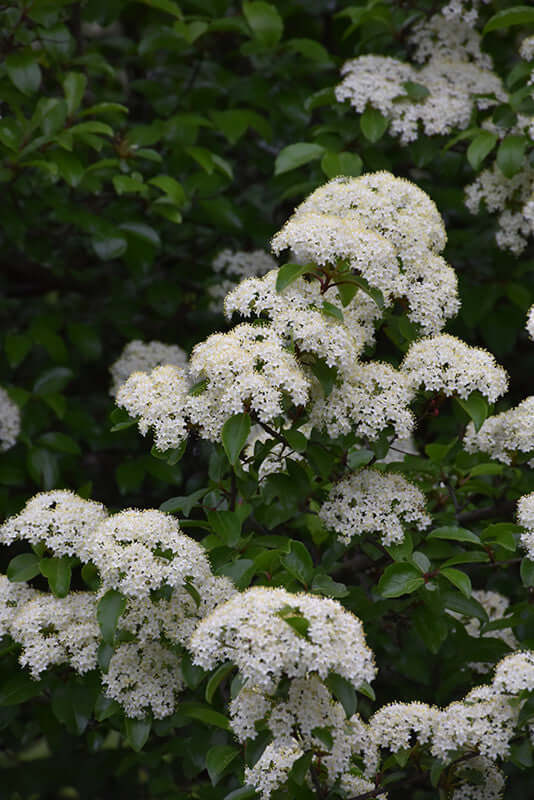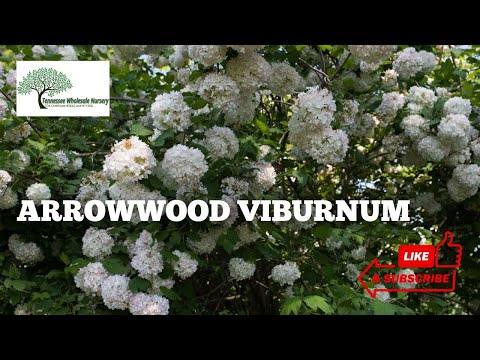Black Haw Viburnum | Viburnum Prunifolium
Black Haw Viburnum (Viburnum prunifolium) is native to central and eastern North America, where it can be found growing naturally across many settings such as thickets, along streambanks, and within moist woodlands. It is deciduous, with a suckering, multi-stemmed upright habit; however, it can be grown with a single trunk as a small tree.
In the spring, this shrub develops ovate leaves with finely serrated edges. Along the main vein of each leaf, the sides bow up, creating a boat-like shape. The scientific name prunifolium pays homage to the fact that the leaves resemble leaves of the Black Cherry (Prunus).
Plant Details - Black Haw Viburnum (Viburnum Prunifolium)
Family: Adoxaceae
Hardiness Zones: 3 to 9
Light Requirement: Full Sun to Partial Shade
Water Needs: Low to moderate
Height: 12-15 ft, can reach up to 30 ft
Spread: 6-12 ft
Growth Rate: Moderate
Bloom Time: Mid to late spring
Flower Color: Creamy white
Wildlife Value: Attracts bees and other pollinators, and birds, and mammals eat the berries
After the spring flush of foliage, the Black Haw Viburnum produces clusters of elegantly gentle, creamy white flowers, which have a sweet and delightful fragrance that is attractive to a myriad of pollinators.
The flowers give way to bright magenta-colored berries that mature to dark purple or black. The berries persist through the autumn and create a notable contrast to the rusty red, purple, orange, and yellow colors of the senescing leaves.
The berries are a favorite for local bird life and are edible for humans as well. To enjoy for yourself, pick the berries when they are mature and purplish black in color. They have a sweet, raisin-like taste when ripe. Use them to make jams and jellies or add them fresh to muffins or other baked goods.
Landscape Uses and Maintenance - Black Haw Viburnum (Viburnum Prunifolium)
This multifunctional shrub is easy to grow and makes an attractive addition to a mixed shrub border or hedge, or it can be grown as a specimen. It can easily be pruned into a tree form or left as a shorter multi-stemmed shrub.
The size varies depending on how it is grown. When growing as a small tree, it can reach heights of 30 ft tall, whereas when grown as a multi-stemmed shrub, it grows to a maximum of 15 ft.
Black Haw Viburnum grows well in full sun to part shade conditions. It can also grow in deep shade but may not bloom reliably. It prefers well-drained, dry to medium moisture soil. Once established, it is drought-tolerant. This plant normally has no serious pest or disease issues.
Noteworthy Characteristics of Black Haw Viburnum
Easy to grow, edible fruit, attractive for wildlife.
Plant this versatile, easy-to-grow, and reliable shrub in your garden and provide delicious berries for yourself and your local wildlife to enjoy. Shop for Black Haw Viburnum shrubs online at TN Nursery. For 68 years, we have served the landscaping industry and homeowners with specimen plants.
Exposure
Black Haw Viburnum (Viburnum prunifolium) flourishes in full sun to partial shade. It favors at least 4-6 hours of direct sunlight daily but can tolerate some shade, making it versatile for various garden settings, from sunny spots to lightly shaded areas.
Height at Maturity
Over 10 Feet
Usage
Birding
Shipped As
Bare-root
Ships
UPS
Planting Zones
3-9




